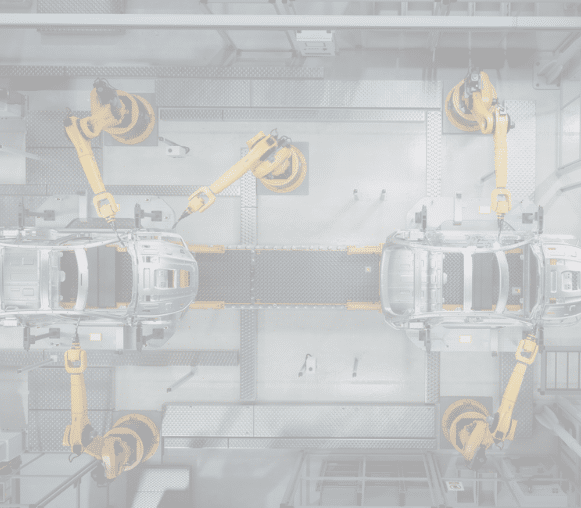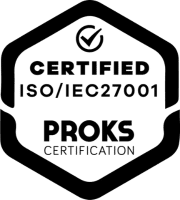Special software for automated material transport planning
Logistics in the automotive industry is highly complex due to precision, timing, and a variety of variants. Every single part (has to) must be in the right place at exactly the right time to avoid production downtimes. Problems such as incomplete transparency of the supply chain, outdated planning methods, and transports which are not fully utilized, present logisticians with major challenges. The implementation of demands-dynamic, integrated planning is essential for fully efficient transport planning. More effective transport planning and optimization can significantly improve capacity utilization after the MRP run, plan the inbound supply chain holistically and thus contribute to the agility and efficiency of automotive logistics.
The answer to the automotive industry’s supply chain challenges
This is how we optimize transport utilization planning for OEMs and suppliers
MRP optimization on FTL/FCL/LTL/Milkruns
The MRP does not address transport equipment planning. We focus on scheduling deliveries and selecting the optimal transport equipment, whether it’s a megatrailer, link truck, or 20/40ft container. Our goal is to create the most efficient, transport-optimized delivery schedule for your specific requirements.

Bringing forward/consolidating loads
The algorithm selects certain materials based on inventory levels, capital commitment, supplier capacities and it fully plans each transport by optimizing the load space. The algorithm considers all legal requirements, TCO costs, stackability, delivery conditions, load securing and axle load.

Timeslots including factory and supplier calendars
Precise timeslot planning is an essential part of delivery. For this reason, the algorithm takes into account all time components such as delivery days, factory holidays or public holidays as well as the maximum number of trucks per timeslot or dock.

Optimization of tariffs
FTL, LTL, Milkrun, X-Dock, FCL or LCL – tariffs are an immense cost driver in logistics. The S2data algorithms select the most cost-effective tariff based on the load and the route network.

Full container/empty container control
The SaaS solution fully automates the delivery with the empty containers control. By coordinating full-load trips with matching empty-load return trips, empty trips can be avoided.

Exact 3D loading
The algorithm plans the required transport based on the material requirements or orders based on the dimensions, weight and stackability of the goods. This includes, among other things, loading regulations, loading/unloading sequence, paired goods, mixed containers with KLTs, axle loads and much more. The planning will be implemented on any transport equipment (megatrailer, 20ft/40ft link truck, gooseneck trailer, etc.).

Challenges
Your advantages for inbound and outbound
Optimized utilization of fewer transports
Lower costs & CO2 emissions
Increased visibility in the material planning & supply chain
Full automation and power for daily scheduling
Perfect operational use of the transport network
TCO sweet spot: freight costs vs. storage capital commitment
Demand-dynamic planning instead of fixed days in MRP
Cost optimization of FTL, LTL, FCL, LCL and Milkrun tariffs
Standardized planning process including PDF loading plan for suppliers
Supplier portal for networking suppliers and freight forwarders
Avoidance of backorders thanks to the supplier approval loop
More potential through cross-plant planning

Transport-optimized delivery call-offs for OEM
A well-known vehicle manufacturer transformed its logistics by using the S2data Optimizer, a software that is connected to the ERP system. This solution improved the planning of full truck loads (FTLs) and milk runs, led to significant savings and increased the environmental sustainability of the transports. This change demonstrates the positive influence of innovative software on efficiency and sustainability in logistics.
Sustainably saving CO2 made easy
Our software makes optimal use of unused truck transport capacity to distribute materials more efficiently, reducing unnecessary trips and therefore CO2 emissions. Through holistic planning that also takes lean management principles into account, we minimize the use of resources in storage and production processes. This strategy not only improves operational efficiency, but also significantly contributes to sustainability and CO2 savings.
